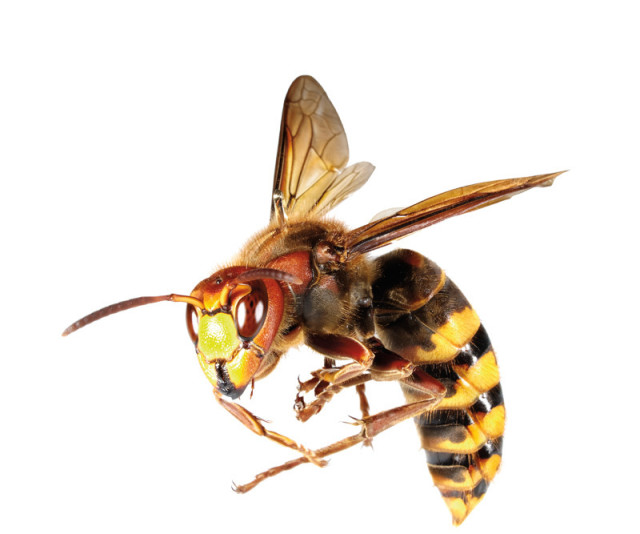Plantwise: Bugs Can Be Your Friends

Q: I know there are “good” bugs and “bad” bugs in a garden. How do I attract the good, and drive out the bad?
A: Naturally, we deem insects “bad” when they eat our prized plants or sting us, and “good” when they pollinate our fruits and vegetables, devour the so-called bad bugs, and offer ladybug luck. We’re all for bugs when they serve us.
Nature knows no such dichotomies. Many insects can play roles in a healthy garden ecosystem. That said, who wants “bad” insects overrunning your vegetable plot? If you find your crops swarmed with aphids, scale, or mites, investigate: the plants may be stressed and need to be moved or better tended. If your homemade “habitat” includes plenty of plants that attract beneficial insects and songbirds, most insect problems can be kept in check. (Also remember that a few aphids never killed anyone.)
If you want “good” bugs, follow these general guidelines:
Diversify. Avoid monocultures. Plant a variety of flowering and fruiting plant species adapted to our region and climate (see below).
Put birds on it—and some insects, too. Fruit- and seed-bearing plants lure bug-hungry birdies, and a mix of sun, shade, and brushy areas keep them around to nest or lay eggs. Long-blooming flowers provide pollen and nectar to our valued insect comrades.
Insect-attracting plants for Portland:
The carrot family: angelica, caraway, chervil, fennel, and lovage
The daisy family: chamomile, cosmos, signet-type marigolds, sunflowers, and certain yarrows, including Achillea millefolium
The cabbage family: broccoli, sweet alyssum, candytuft, and mustards
The buckwheat family: nearly any buck-wheat (Eriogonum)



